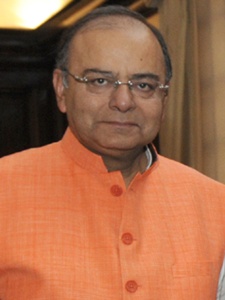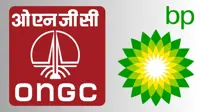Economic Survey 2013-14 focuses on external vulnerabilities
09 Jul 2014
India's balance-of-payments position improved dramatically in 2013-14 with current account deficit (CAD) at $32.4 billion (1.7 per cent of GDP), down from $88.2 billion (4.7 per cent of GDP) in 2012-13, according to the Economic Survey 2013-14 presented by finance minister Arun Jaitley in the Lok Sabha today.
 India's external debt remained within manageable limits due to better debt management policy, with prudential restrictions on inflows of debt capital given the large interest differential, the Survey noted.
India's external debt remained within manageable limits due to better debt management policy, with prudential restrictions on inflows of debt capital given the large interest differential, the Survey noted.
India's external debt stock at end of March 2013 stood at $404.9 billion (Rs2,200,410 crore), showing an increase of $44.1 billion (12.2 per cent) over the previous year's level of $360.8 billion (Rs1,844,167 crore).
External debt both at end-March 2013 and end-March 2012 was higher than reported earlier in various publications owing to the inclusion of securitised borrowings of banks as reported by the RBI in its external debt statistics.
Component-wise, long-term debt increased by 9.1 per cent to $308.2 billion at end-March 2013 from $282.6 billion at end-March 2012, while short-term debt increased by 23.7 per cent to $96.7 billion from $78.2 billion at end-March 2012, reflecting elevated levels of imports.
India had a large trade deficit in the first quarter of the 2013-14 fiscal, which was fed by negative market perceptions and consequent sharper outflows in the foreign institutional investors (FIIs) investment debt segment, leading to 13 per cent depreciation of the rupee between May 2013 and August 2013.
This has been brought down through restrictions on non-essential imports like gold, custom duty hike in gold and silver to a peak of 10 per cent, and measures to augment capital flows through quasi-sovereign bonds and liberalisation of external commercial borrowings, the survey notes.
The RBI also put in place a special swap window for foreign currency non-resident deposit (banks) [(FCNR (B)] and banks' overseas borrowings through which $34 billion was mobilised. The one-off flows arrested the negative market sentiments on the rupee and, in tandem with improvements in the BoP position, led to a sharp correction in the exchange rate and a net accretion to reserves in 2013-14.
India's foreign exchange reserves increased from $292 billion at end-March 2013 to $304.2 billion at end March 2014, due mainly to the stabilisation of the Indian rupee against major foreign currencies.
The annual average exchange rate of the rupee, which went up from 47.92 per US dollar in 2011-12 to Rs54.41 per US dollar in 2012-13 and further to Rs60.50 per US dollar in 2013-14, has since stabilised around Rs60 per dollar, the survey noted.
.webp)



.webp)


.webp)

























